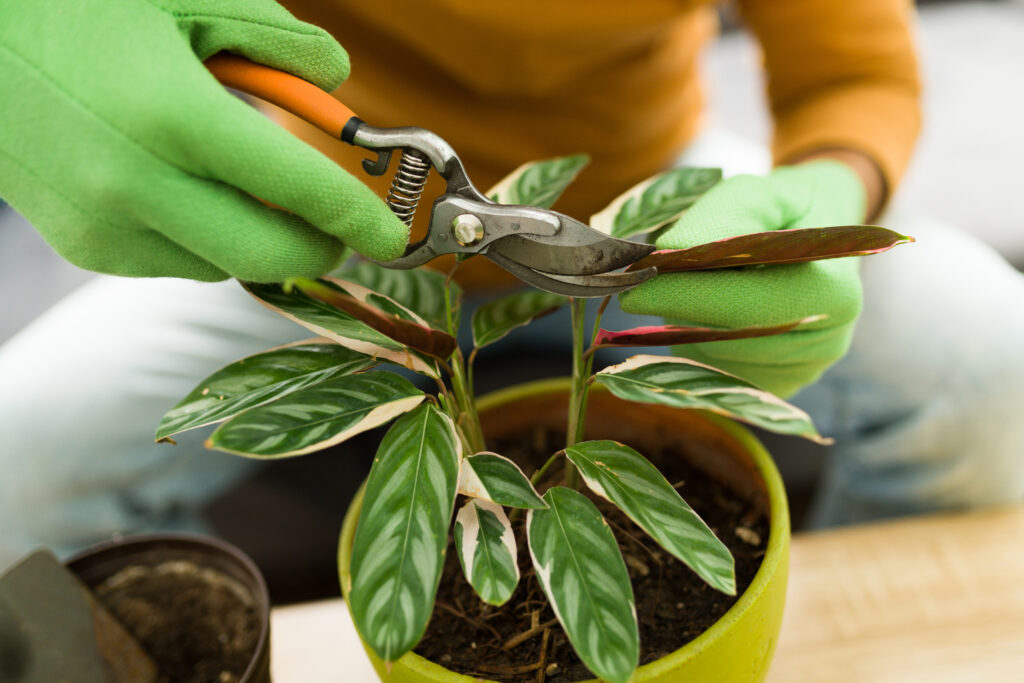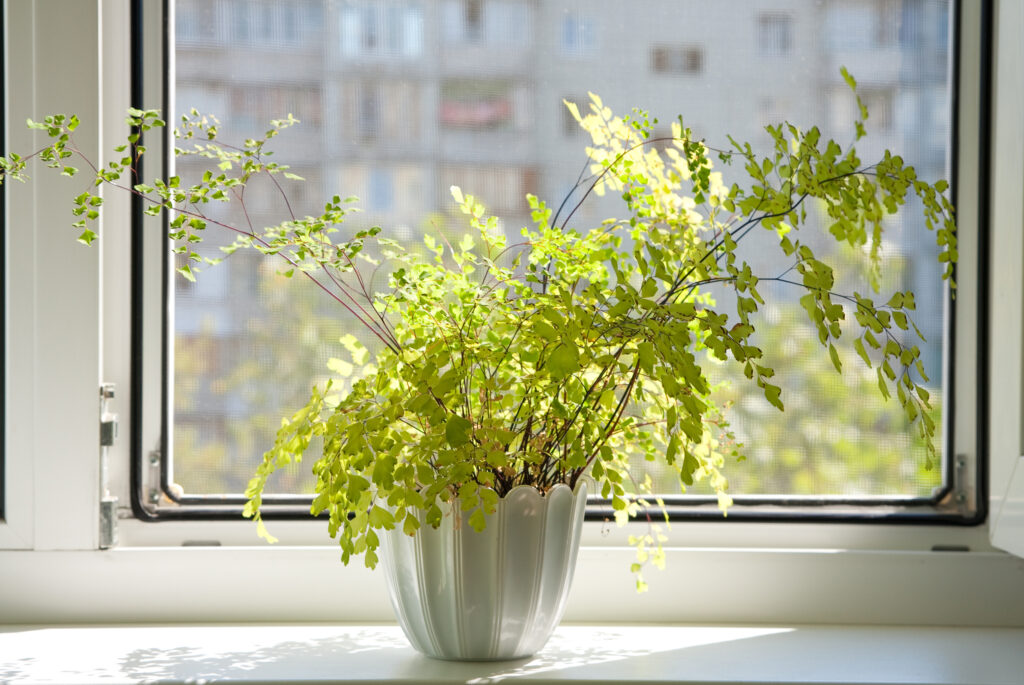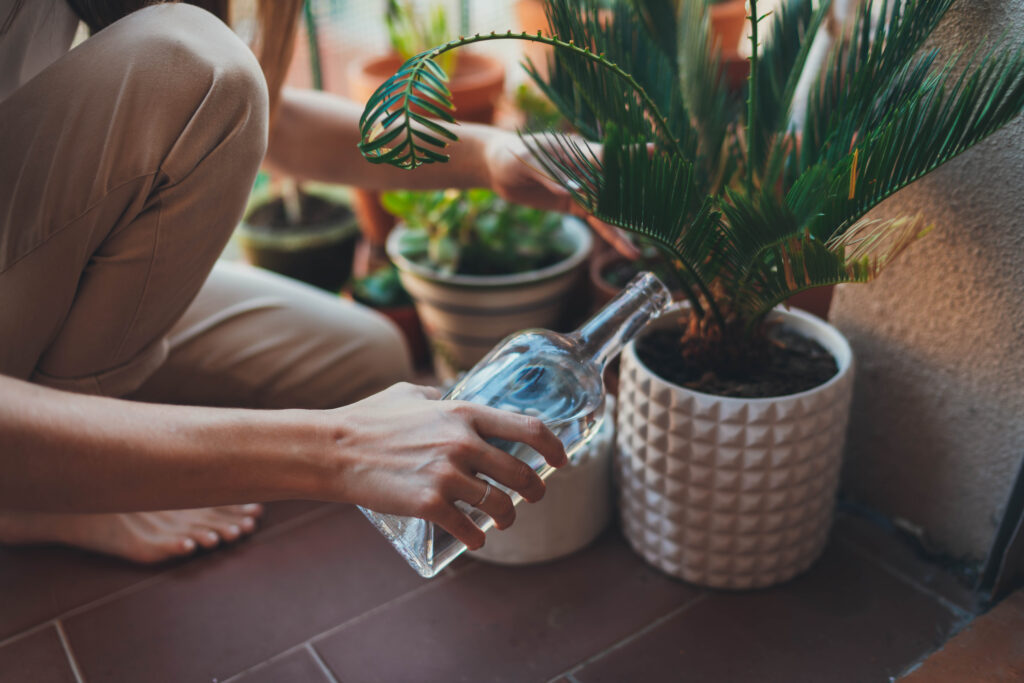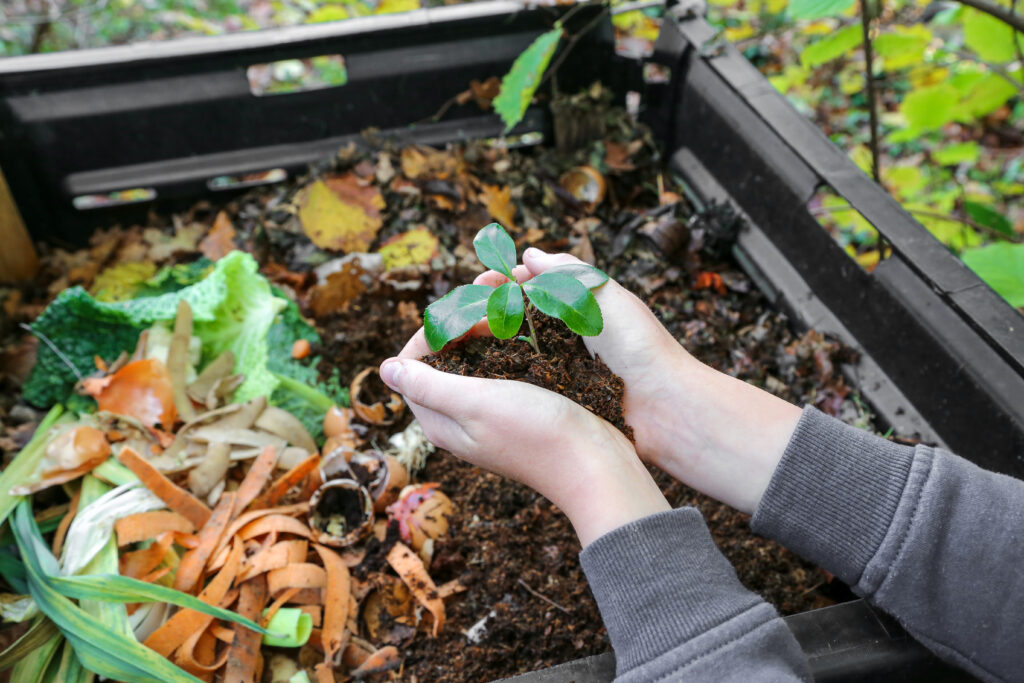To bring some color and life to your home, you have adopted a few green plants. But despite all your efforts, these don’t seem to be flourishing and look bad. Do they die? Possibly, but not all is lost! Looks can be deceiving sometimes and you may just not have adopted good maintenance practices. We’ll give you some tips to find out if your plant is still viable, identify its needs and help it get back into shape.
Look for signs of life
Before you start rescuing your plant, make sure it’s still alive. Various gestures can give you clues for this. Start looking for green buds and leaves, pretty good signs. You can also lightly scratch the base of the stem with your fingernail and see if a green coating forms. If so, your plant is still alive, but if the tissues are brown, that part is dead. Finally, try bending the stems from the top of the plant around your finger to test their flexibility. If they break, they’re dead.
Cut dead parts
After you observe the signs of life on your plant, cut away anything that is brown, dry and dead. This step is important because the plant struggles to save the parts that are drying out, at the expense of what is still in good condition. Removing these parts will take the strain off your plant. However, it is recommended to wait until the end of winter and late frosts to proceed with this cut.
When you prune your plant, do it little by little, cutting off up to a third of the stem at a time. Once you come across a green area where the sap is circulating, it’s time to stop pruning.

Choose the right light for your plant
If your plant is doing poorly, it is certainly because the light it receives is not suitable for its needs. Indeed, some plants need to be bathed in light, while others prefer shade. If you see white or brown spots on your plants’ foliage, it usually means they’ve been exposed to too much sunlight. Therefore, discover the specific needs of your plants and place them in a place that suits them, with direct or indirect light.

Adjust watering
The impending death of your houseplant can also be explained by a water problem. If the leaves are brown and curled, it means there is no water. In this case, you can gradually hydrate it by watering it a little every day. If the soil is particularly dry, you can also give your plant a bath to regain strength. To do this, immerse the pot in room temperature water so that the roots can drink. After that, it will be necessary to strengthen the daily watering and use an atomizer to moisturize the leaves and flowers.
Conversely, if the soil is wet and the leaves are brown or yellowish, your plant has too much water. It should then be drained by taking it out of the ground for a few hours to allow the roots to dry. Then repot your plant in a pot with holes for drainage and clay granules in the bottom. Finally, reduce watering.

Provide fertilizers and nutrients
If your plant isn’t looking good, it may just be having trouble eating. This can be seen by discolored leaves and very slow or no growth. In this case, it may be a good idea to repot it in more nutrient-rich soil or opt for fertilizer. It is advisable to use these inputs during the growing periods of your plant (often between March and September) and to give preference to natural fertilizers and fertilizers such as coffee grounds or chimney ash. On the other hand, avoid adding fertilizer during dormant periods so as not to tire your houseplants.
If your plant looks tired, don’t fertilize it right away and wait for the roots to get stronger. Indeed, they can struggle to manage all these nutrients, burning and thus killing the plant.
Save cuttings
Despite your best efforts, your plant may not be fully saved. If some parts are still alive, you can still take these cuttings and place them in a glass of room temperature water. Wait until you see the roots appear before replanting your cutting in a pot. All you need to do is take care of this newly rescued plant!
If nothing helps, compost your plant
Saving a plant takes a lot of effort… which is not always possible. If, despite all our advice, your plant does not start anymore, it is possible that it is indeed dead. In this case, don’t throw it in the trash! You can compost it to take advantage of its nutritious contributions and provide it with a “useful” purpose. Your other plants will thank you!

Please, you now know how to try to save a plant that looks bleak! And if we’re ever late, we’ll explain what you can do with plants that have given up the ghost.